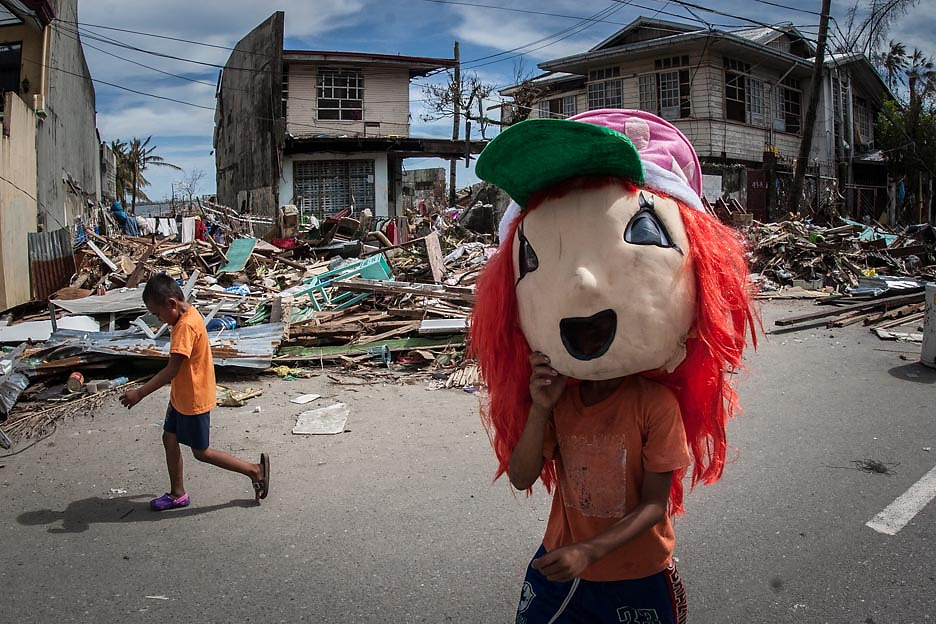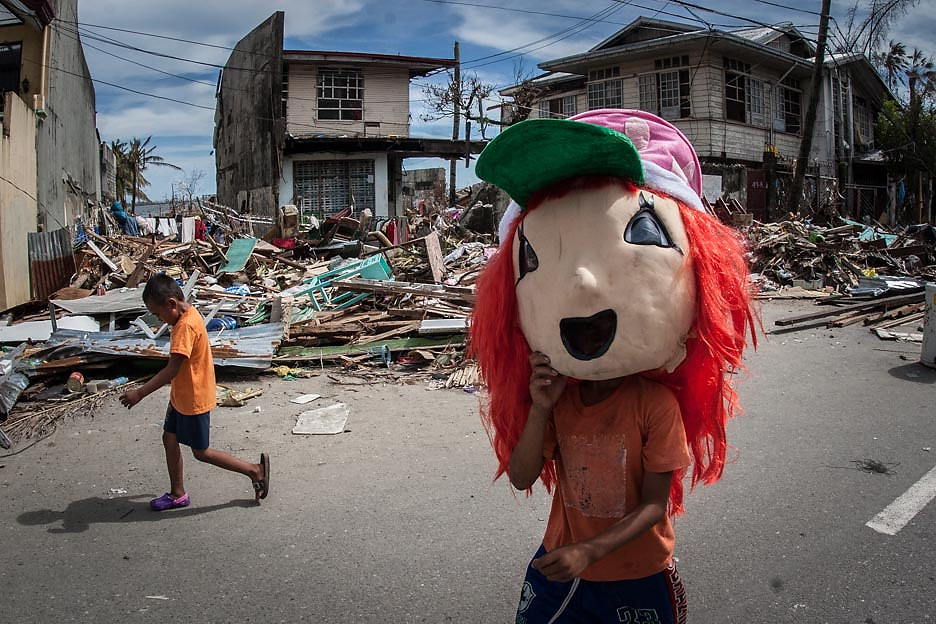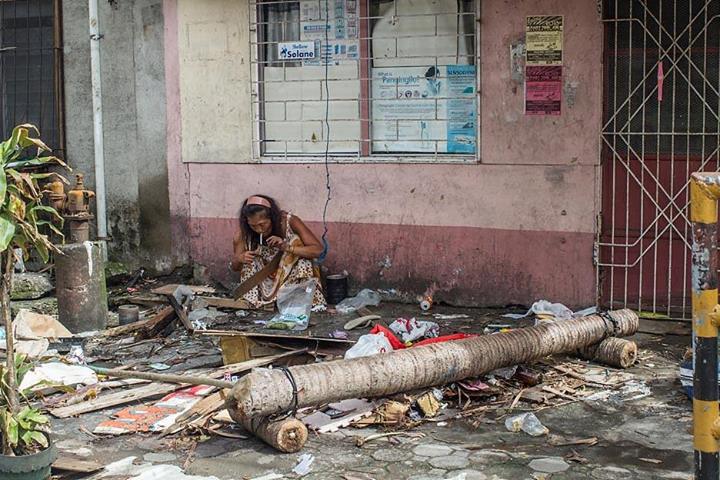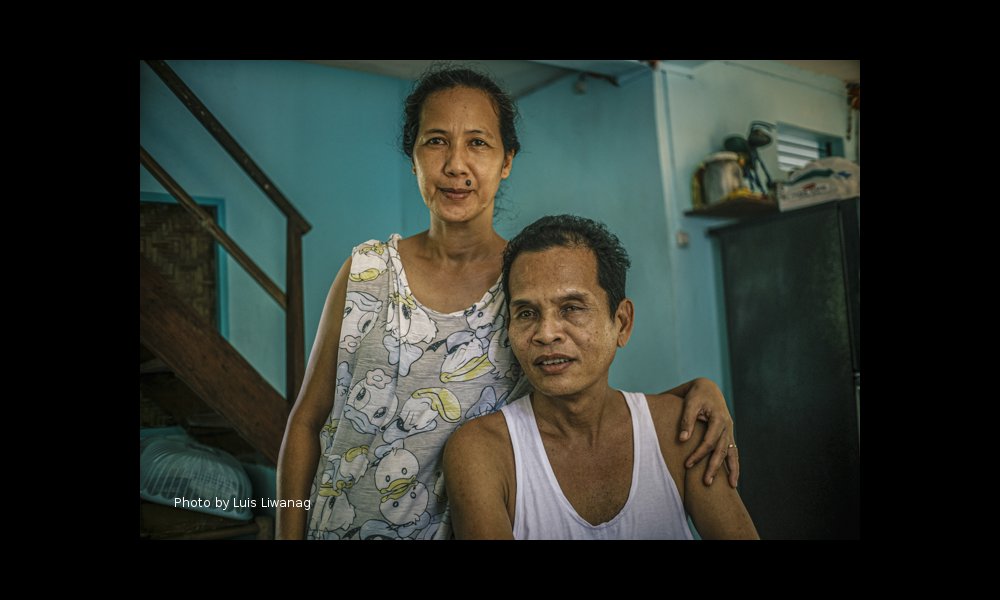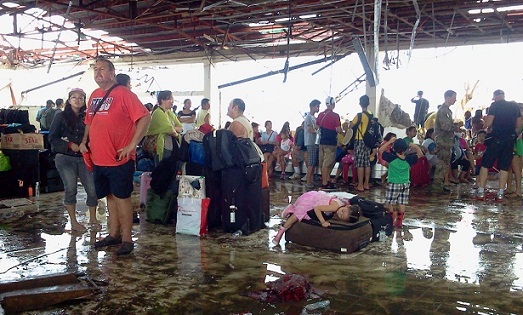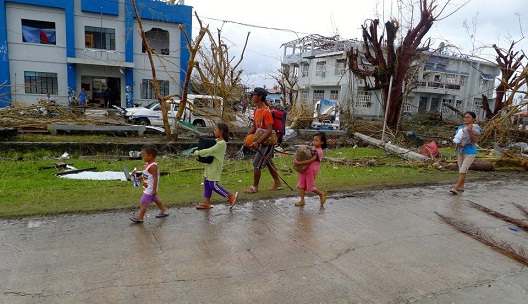Text and photos by LUIS LIWANAG
NATURAL disasters and extreme weather phenomena have become so routine lately that to hear the impending landfall of another supertyphoon failed to whet my appetite for another adrenaline-charged news coverage.
Spending time with family and keeping my word on commitments to friends were at the top of my list when Typhoon “Yolanda” made landfall. Chasing it never crossed my mind.
A bit curious, I started reading up on Yolanda—or “Haiyan” as it was known internationally—and then it started growing on me. I realized I was at the wrong place at the time because I was at home.
On a whim I started collecting my gear and stuffed everything I thought I would need into my 40-liter backpack and another trusty old camera bag.
This was already Day 3 since Haiyan hit Central Philippines. Hoping to catch the aftermath, I traveled to Villamor Air base where the military flights to devastated areas originate. Headlines on all newspapers blared out the alarm “10,000 feared dead,” and the airbase was brimming with newsmen hoping to make the Tacloban coverage.
My luck seemed to run out. The military C-130 flights were stopped, and my chances of getting to ground zero became slim. So I had to go all the way to Cebu City and aim for Ormoc, the largest city in Eastern Leyte and similarly storm-ravaged city.
Unfamiliar with the territory, I had to stay overnight in Cebu and catch the earliest fastcraft catamaran to Ormoc the next morning.
By this time, my huge gear-laden backpack was weighing me down. Nevertheless, I started stocking up on water and energy bars since word was that there was virtually no food and safe water on Leyte Island.
An impending second storm about to make landfall in the region prompted the Coast Guard to temporarily halt all travel by water and forced me to consider other options. I decided to shuttle back and forth to the Cebu Airbase to queue for a direct flight to Tacloban.
Hundreds of people anxious to reach their families in Tacloban were already lining up, and I realized that it was next to “mission impossible” to reach my goal. I found a colleague. He became my traveling buddy and making decisions together became more logical.
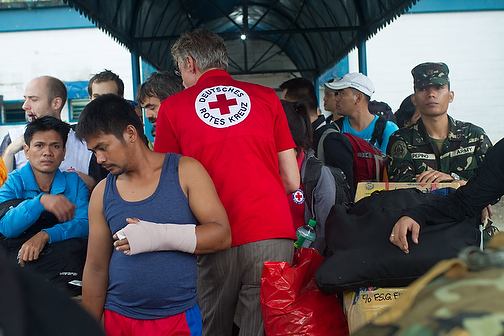
Finally, the weather cleared a bit and the fastcraft started to glide on the water, with the main passenger cabin filled with all sorts of passengers—from grieving relatives to journalists and aid volunteers.
The three-hour voyage became a bit slow as the sea became turbulent. Our vessel started bouncing on the waves and made everybody seasick until the captain decided to take an evasive detour.
My seatmate, a middle-aged frail woman, tugged at my arm as our craft bounced on the water. I asked her where she was going and why, because I noticed a sadness in her eyes.
Marie Jean, a single mother of six, was going to check on her kids who had lost contact with her immediately after the storm. I found my first subject. My buddy and I decided to follow her through her angst-filled journey back home to Kananga town on the outskirts of the city. (Read A city in ruins)
Midway through our trip, we realized that it was getting dark and her home was still far away. We begged off and exchanged contact information to touch base later.
Ormoc City was in total chaos. I felt the hair on the back of my head rise as the state of the city sank in. Concrete and metal structures supposed to withstand the elements were twisted beyond imagination. People were “walking dead” aimlessly all around.
People lined up at ATM machines and gasoline stations. There was still a semblance of commerce and some stores were still in operation, but the darkness forced outsiders like us to seek refuge at City Hall, which became Ormoc’s temporary hub.
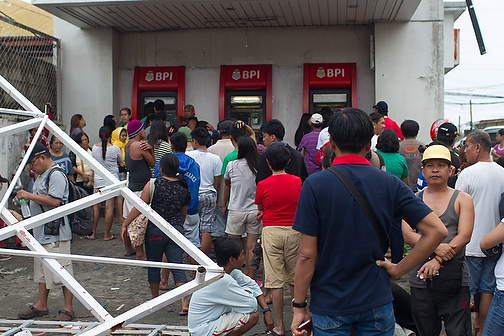
Attempts to establish connections via the Internet were frustrating, and my initial images and reports were still waiting in my hard disk.
Morning came and we made quick walks to capture Yolanda’s wrath before we decided to move on to ground zero: Tacloban. News of passable roads gave us optimism as we inched our way toward our goal.
The three-hour ride by bus to Tacloban made me realize that as we neared ground zero, everybody else was heading out. We witnessed the exodus of people on motorbikes, trucks and all kinds of transport pass us by.
In one town, people were running away with terror in their eyes as we heard rumors spread that communist rebels were raiding food caravans and warehouses. An oncoming military truck filled with heavily armed soldiers in hot pursuit confirmed the incident. (Read A war amid disaster?)
At the same time, the real devastation started to unfold before my eyes as we neared our destination.
The commuter van we rode into the city dropped us at some point where the roads became impassable. Belongings were unsafe so we headed to the Tacloban City Hall on foot. By now, my companions had grown into a motley crew of four local and foreign journalists.
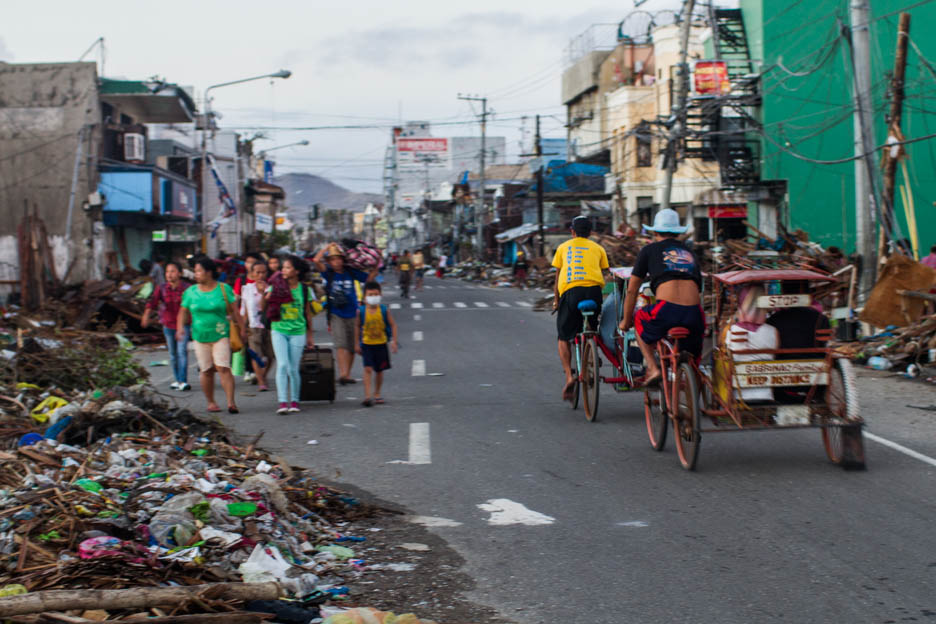
The city was a sight straight out of a post-apocalyptic Hollywood movie. People were all aimlessly walking around with what seems to be left of their worldly possessions, debris beyond description were strewn all over, families were camping out in the streets, cars crowded every nook and cranny, and stores were ripped open and abandoned.
The people didn’t seem to mind us walking among them and everything was overwhelming. My heart sank. This was a dead city. And as we neared City Hall, a stomach-churning stench began to pierce my nostrils, enveloping the air in a humid way. People we passed were asking us for water and food.
The gloom lifted momentarily as I spotted a child walking toward me wearing an enormous mask salvaged from some mascot. I squeezed my camera shutter to capture a surreal moment. It was my first image of hope.
